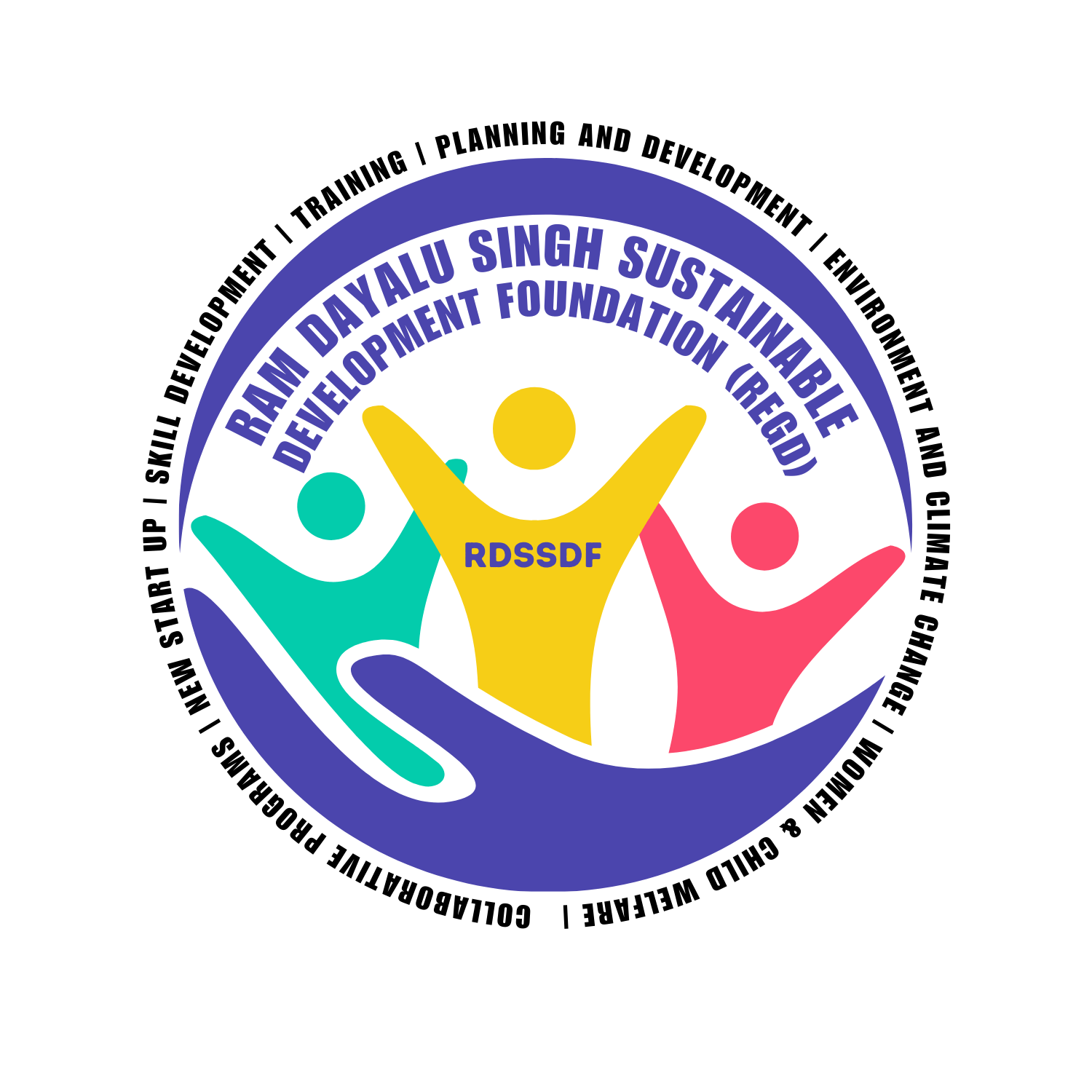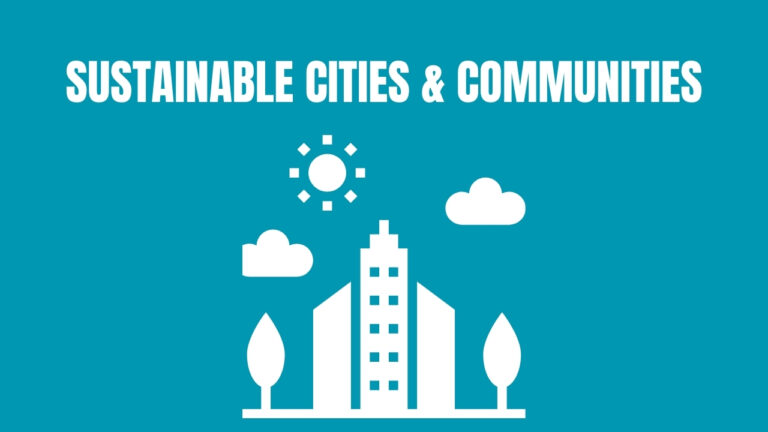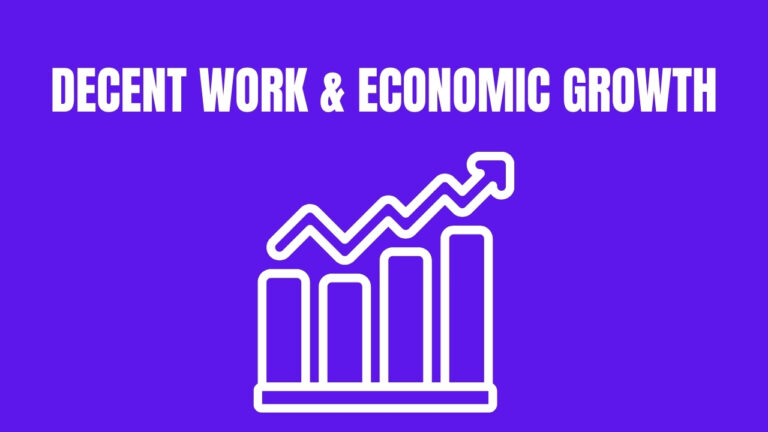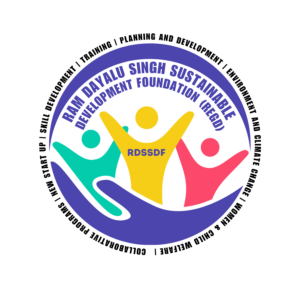Goal Overview
By 2030, achieve gender equality and empower all women and girls.
Key Targets and Indicators
- End all forms of discrimination against all women and girls everywhere.
- Indicator: Proportion of countries with legal frameworks that promote, enforce, and monitor gender equality and non-discrimination on the basis of sex.
- Eliminate all forms of violence against all women and girls in public and private spheres, including trafficking and sexual and other types of exploitation.
- Indicator: Proportion of women and girls aged 15 and older subjected to physical, sexual, or psychological violence by a current or former intimate partner in the previous 12 months.
- Eliminate all harmful practices, such as child, early, and forced marriage and female genital mutilation.
- Indicator: Proportion of women aged 20-24 years who were married or in a union before age 18.
- Recognize and value unpaid care and domestic work through the provision of public services, infrastructure, and social protection policies and the promotion of shared responsibility within the household and the family as nationally appropriate.
- Indicator: Proportion of time spent on unpaid domestic and care work, by sex, age, and location.
- Ensure women’s full and effective participation and equal opportunities for leadership at all levels of decision-making in political, economic, and public life.
- Indicator: Proportion of seats held by women in national parliaments and local governments.
- Ensure universal access to sexual and reproductive health and reproductive rights as agreed in accordance with the Programme of Action of the International Conference on Population and Development and the Beijing Platform for Action and the outcome documents of their review conferences.
- Indicator: Proportion of women aged 15-49 years who make their own informed decisions regarding sexual relations, contraceptive use, and reproductive health care.
- Undertake reforms to give women equal rights to economic resources, as well as access to ownership and control over land and other forms of property, financial services, inheritance, and natural resources, in accordance with national laws.
- Indicator: Proportion of countries where the legal framework (including customary law) guarantees women’s equal rights to land ownership and/or control.
Strategies and Actions
- Strengthen legal frameworks: Advocate for and support the development of laws and policies that promote gender equality and protect women’s rights.
- Combat violence against women: Implement comprehensive programs to prevent and respond to gender-based violence, including legal support, healthcare, and safe spaces for survivors.
- Promote economic empowerment: Provide women with equal access to financial services, land ownership, and economic resources through policy reforms and targeted programs.
- Support women’s leadership: Encourage and facilitate women’s participation in political, economic, and public life through leadership training and mentorship programs.
- Address unpaid care work: Promote policies and programs that recognize, reduce, and redistribute unpaid care and domestic work.
- Enhance reproductive health services: Ensure universal access to reproductive health services and education, empowering women to make informed decisions about their health.
FAO Actions to Support Monitoring
- Training programs: Provide training on gender equality and women’s empowerment to government officials, community leaders, and organizations.
- Technical assistance: Offer support for integrating gender equality indicators into national statistics and monitoring frameworks.
- Guidelines and materials: Develop and distribute guidelines on best practices for promoting gender equality in various sectors.
- Expert meetings: Convene meetings with experts to develop and refine methodologies for monitoring progress on gender equality.
- Webinars and workshops: Conduct webinars and workshops to train national focal points on gender equality data collection and reporting.
Conclusion
Achieving gender equality and empowering all women and girls is essential for sustainable development. By eliminating discrimination and violence, promoting economic and political participation, and ensuring access to reproductive health services, we can create a more equitable and just world. Together, we can achieve gender equality and empower every woman and girl to reach their full potential.





 Welcome to Ram Dayalu Singh Sustainable Development Foundation (RDSSDF), a beacon of hope and progress for the sustainable development of India. As a National Level Public Charitable Trust, it is dedicated to providing comprehensive support and innovative solutions.
Welcome to Ram Dayalu Singh Sustainable Development Foundation (RDSSDF), a beacon of hope and progress for the sustainable development of India. As a National Level Public Charitable Trust, it is dedicated to providing comprehensive support and innovative solutions.